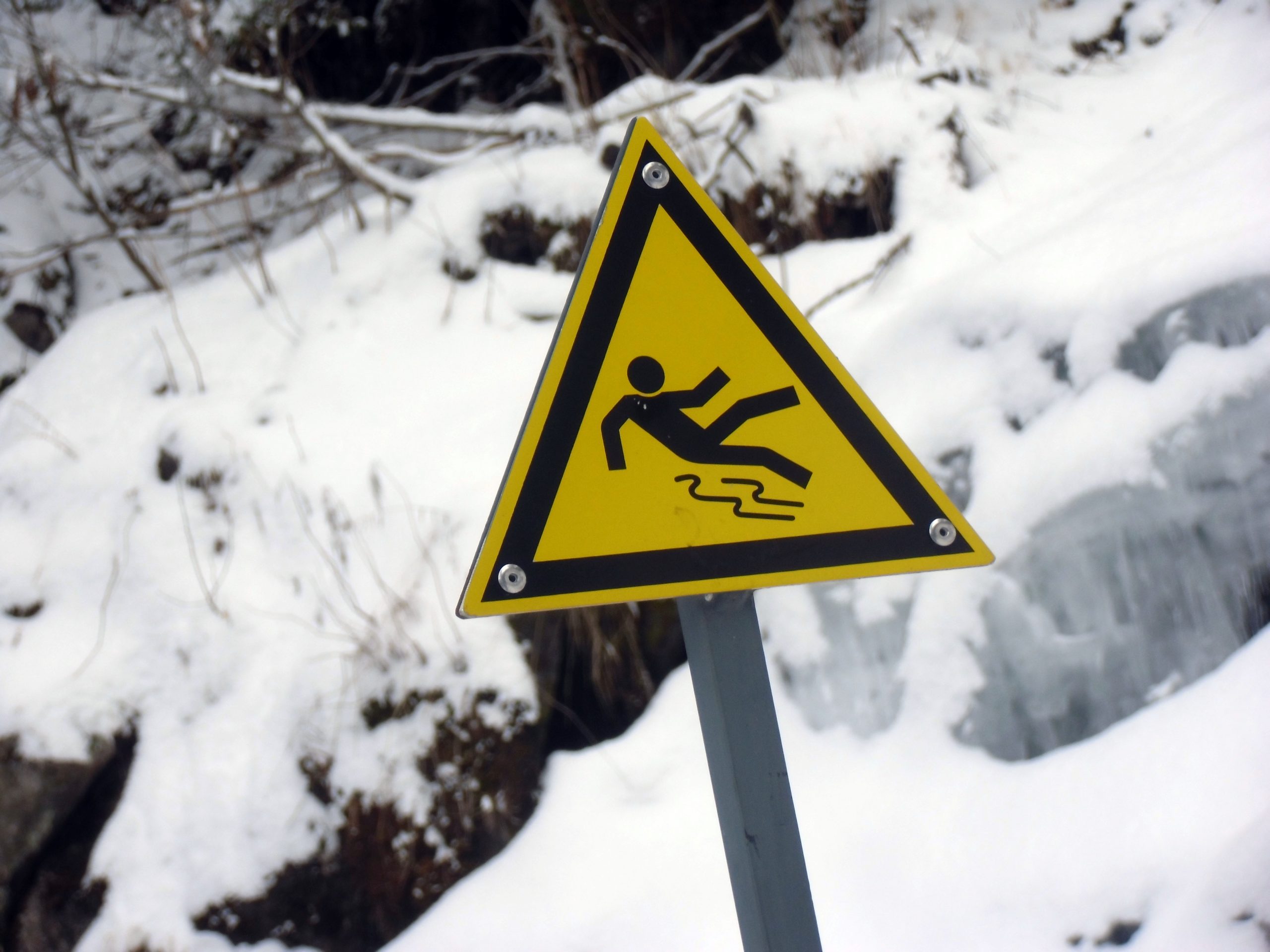Are you a winter person? Do you faithfully watch weather forecasts hoping for snow? Are you a happy camper when the temps dip below freezing? You’re definitely not alone! Remember, just as there are dangers that come with summer heat, it’s important to be aware of the risks that come when icicles begin to form.
The most common cold weather injury is frostbite. It’s a serious injury that usually affects fingers, toes, nose, ears, cheeks and chin – even if they’re covered. Early signs include white, waxy or grayish-yellow skin that’s cold and numb. More serious symptoms include skin that’s completely numb, blisters and skin that begins to turn black. Serious frostbite can lead to amputation.
If you suspect frostbite:
- Immediately move the victim out of the cold and into a warm place
- Remove any wet clothing
- Seek medical attention right away
- Place dry gauze between affected fingers and toes
- Use warm, not hot, water to warm the area for 20-30 minutes
- Elevate the frostbitten area
Hypothermia occurs with exposure to extreme cold and/or being wet or submerged in cold water and is marked by a core body temperature that drops below 95 degrees. The initial symptom is shivering (which actually helps the body stay warm). But as hypothermia progresses, drowsiness and exhaustion can occur, along with confusion, shallow breathing, irregular heartbeat, slurred speech, loss of coordination and eventually death. Except in mild cases, hypothermia requires immediate medical attention.
If you suspect hypothermia:
- Immediately move the victim out of the cold
- Remove wet clothing
- Cover the victim with warm blankets or clothing
- Call 911; begin CPR if the victim is unresponsive/not breathing
- If the victim is alert, give warm drinks (not alcohol or caffeine)
It’s a good idea too, especially if you drive in any of Idaho’s mountainous areas, to prepare your car for winter. Cold temperatures can cause the power in your battery and your tire pressure to drop, and wiper fluid and gas lines to freeze. To make sure your car is ready for cold temps:
- Test your battery
- Install winter tires with a deeper tread or all-season tires with a tread of at least 2/32 of an inch
- Check your tire pressure
- Check wiper blades and make sure your wiper fluid is rated for -30 degrees
- Keep your gas tank at least half full to keep your gas line from freezing
And be sure to keep a fully stocked emergency kit in your trunk that contains:
- A properly inflated spare tire, jack, and wheel wrench
- Jumper cables
- Flashlight and batteries
- Reflective triangles and a reflective vest
- A first-aid kit
- Drinking water and non-perishable foods
- Blanket(s) and warm clothing including mittens (rather than gloves), hats and socks
- A phone charger
- Rain gear
- A snow brush and shovel
- Sand or cat litter for traction
Finally, did you know that during a snow event, most cities, towns and municipalities in Idaho require every owner/renter of a building, vacant lot, church, jail, and public building to clear snow and ice from sidewalks and gutters adjacent to their property? Look into the specific snow removal ordinances where you live!

